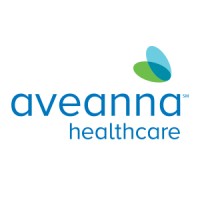
Brigham and Women's Hospital
Boston's Brigham and Women's Hospital (BWH) is an international leader in virtually every area of medicine and has been the site of pioneering breakthroughs that have improved lives around the world. A major teaching hospital of Harvard Medical School, BWH has a legacy of excellence that continues to grow. With two outstanding hospitals, over 150 outpatient practices, and over 1,200 physicians, we serve patients from New England, throughout the United States, and from 120 countries around the world. The BWH name is a reflection of our history. In 1980 three of Boston’s oldest and most prestigious Harvard Medical School teaching hospitals - the Peter Bent Brigham Hospital, the Robert Breck Brigham Hospital, and the Boston Hospital for Women – merged to form Brigham and Women’s Hospital. As a national leader in improving health care quality and safety, we have helped to develop some of the industry’s best practices including computerized physician order entry (CPOE) to prevent medication errors. The CPOE is now a nationally-accepted safety practice. The BWH Biomedical Research Institute (BRI) is one of the most powerful biomedical research institutes in the world and the second largest recipient of National Institutes of Health (NIH) funding among independent hospitals in the United States. BWH has long had great success in research as measured by the number of important discoveries made, the size and scope of its research portfolio and the volume of publications annually. BWH is a training ground for physicians, nurses, and allied health professionals. We have 1,100 trainees in over 140 of the most sought after training programs in the world, and also host Harvard Medical School students in rotations throughout our programs. As our global health services expand, our clinical trainees have rich opportunities to contribute and learn in challenging environments around the world. Brigham and Women's Hospital is an EEO, AA, VEVRAA Employer.






